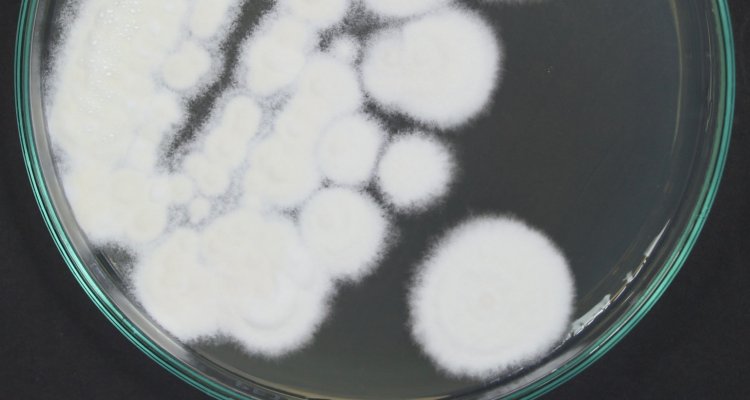
Project
On the efficiency of entomopathogenic fungi in the biocontrol of greenhouse aphids
Our main aim is to determine to what extent symbiont-based EPF resistance plays a role for commonly occurring commercial and non-commercial EPFs and to select EPF strains that can overcome symbiont-based EPF resistance.
The project tasks are:
- isolation of new EPF strains from greenhouses with aphids,
- efficacy testing of EPF strains against three aphid species without protective symbionts,
- study the potential of selected EPF strain to act as endophytes in sweet pepper, and
- investigating the interaction of EPF with the facultative symbiont Regiella insecticola.
Background
Aphids can be serious and persistent pests in greenhouse crops. They are difficult to control due to their high reproductive capacity and resistance to many different insecticides. They are also very challenging pests to control with biological control agents. Parasitoids are important biocontrol agents, but their efficacy can be reduced by the presence of facultative symbionts, such as Hamiltonella defensa, that protect the aphids against parasitoids Integrated Pest Management Strategies (IPM) aim to produce safe, sustainable food and reduce the negative externalities caused by pesticides. Entomopathogenic fungi (EPF) are important natural enemies of many insects, and recent studies reported various additional roles of EPF in nature, such as plant disease antagonism or plant growth promotion.
Project description
In this study we will work on four factors: sweet pepper, aphid species, Entomopathogenic fungi, and Endosymbionts. This project will focus on getting new EPF isolates from sweet pepper greenhouses for aphid biocontrol. We will get the isolates from soil, plants and the insect itself.
For more understanding for the obtained isolates, we will identify them on genetically and also we will study their thermotolerance, UV-B tolerance and cold tolerance, investigate the direct effect of the isolates on aphids species (direct application for the fungi on the insect), and compare it to the indirect application, in which the EPFs are applied on the plants. With we will work on two aphids lines (+ aphids line) with the facultative endosymbionts Regiella insecticola and (- aphids line) without endosymbionts, here we will study how the presence of this symbiont is affecting the efficacy of six selected EPF strains.
An establishment study within the plant tissue and setting up a sustainable mass production line for the fungi will be done for the practical part of the study. From 2012 till 2015, I did an endophyte establishment study on palm trees (Washingtonia filifera) in Syria, for the WP6, I want to compare those results with the results from the sweet pepper study and discuss it in the frame of how EPF can act within monocots and dicots.